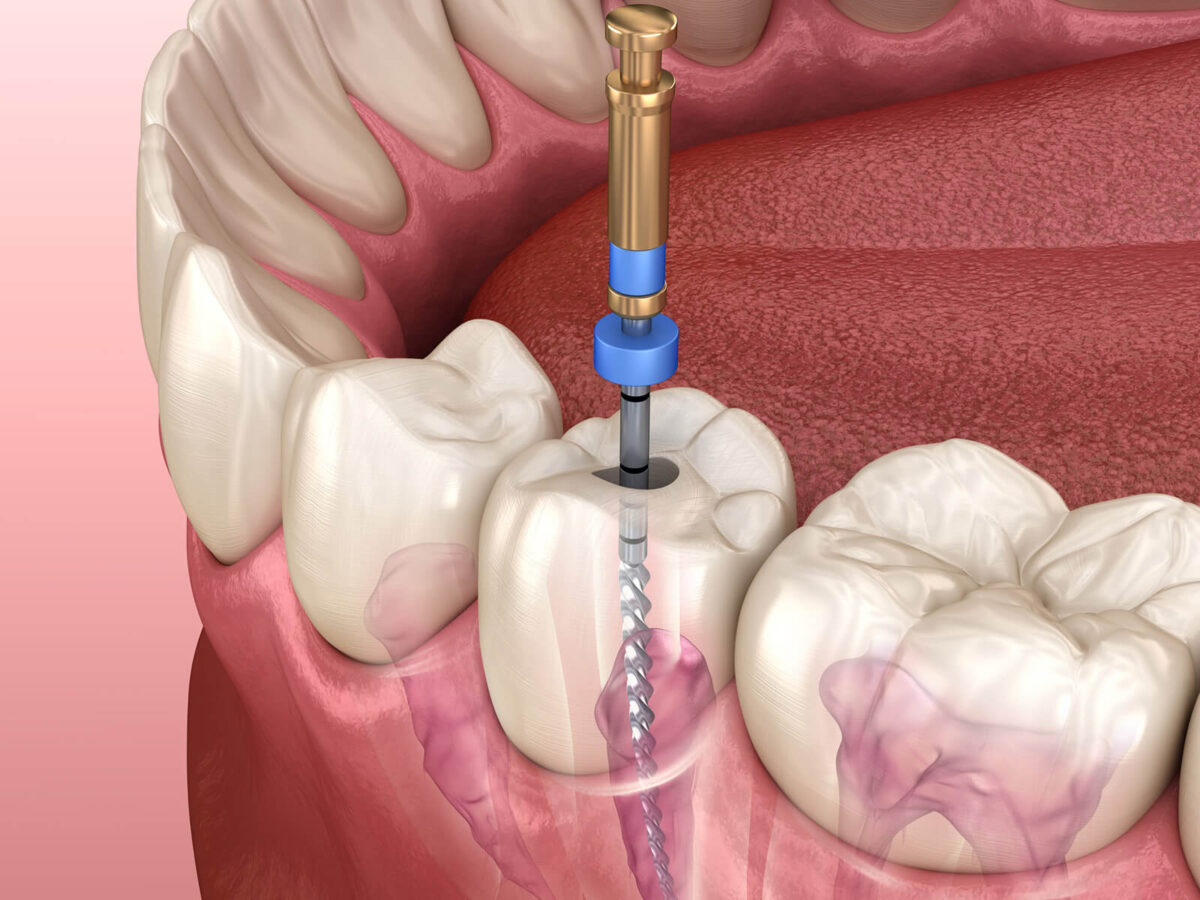Blog
Dental hygiene tips for healthy teeth & gums

When Is Endodontic Retreatment Needed?
This is a procedure that is carried out when the tooth that has undergone endodontic treatment is either unresponsive to the prior endodontic treatment or has developed some new problems. Understanding when and why endodontic retreatment might be needed will help properly handle the case. However, to better contain all this, let us examine the circumstances that make endodontic retreatment necessary and why prompt intervention is always essential. We would also like to provide some pieces of advice on the same from the Elgin Dental Office TX.
What Is Endodontic Retreatment?
Re-treatment endodontics refers to the process of reopening the same tooth, removing any filling material placed in the initial root canal procedure as well as retrieving the remaining debris, then cleaning and refilling the canals before sealing. It is a procedure that treats all the complications that may have occurred after the primary therapy and seeks to avoid the extraction of a natural tooth.
Common Reasons for Endodontic Retreatment
Persistent Infection
Among various causes of endodontic retreatment, one of the most typical is an infection that does not respond to initial treatment. Despite this, disjointed bacteria may still exist in the root canals even after a good root canal treatment, causing the infection to resurface. Some of the signs of an infection include ongoing pain, redness, and a feeling of heat to the touch. If you encounter the following signs, then you should go to your Elgin Dental Office TX.
New Decay
Microorganisms can penetrate the root canal as a result of new decay in the area of the tooth that has been treated before, and thus, reinfection occurs. Dental check-ups and close-tooth hygiene control do not allow the installation of new cavities and help detect issues.
Cracked or Damaged Tooth
An affected tooth may weaken during root canal therapy, making it prone to fracture. The poor result of endodontic treatment can be due to the failure to remove all the root canal Infection material from the teeth or an additional crack in the tooth after the endodontic treatment, which can allow bacteria to enter the Root Canal System again. Inform your dentist if you have a chipped or cracked tooth treated by the dental crown procedure.
Incomplete Initial Treatment
Sometimes, after an initial endodontic treatment, residual debris cannot be effectively removed, or the root canal system may not be properly sealed off. This may happen in a root-canalled tooth when the canal is curved or has branches that are not easily visible. Inadequate or interrupted treatment allows bacteria to continue infecting the tooth because there is still space for further growth.
Delayed Healing
Endodontic retreatment might be required if the tooth does not heal satisfactorily after the initial root canal treatment. There are several potential reasons for delayed healing, such as an infection that has not been completely eradicated, improper closure of the root canal, or inadequate initial treatment.
The Endodontic Retreatment Process
Evaluation and Diagnosis
Your dentist or endodontist will first discuss your symptoms and review your dental history. The dentist may then take X-rays or utilize some other treatment to determine the tooth’s status and the need for retreatment.
Reopening the Tooth
When performing the retreatment procedure, the dentist has to reopen the tooth to locate the root canals. They gently remove the previous filling materials and ensure that the canals are well-washed to remove any bacteria or dirt.
Cleaning and Disinfecting
The root canals are properly scraped and flushed to make sure that they are free from all elements of infection. This step is very important for retreatment.
Filling and Sealing
After the cleaning, the canals are gradually filled with new biocompatible materials and appropriately sealed so that the infection will not repeat. The last step is to put in a temporary or permanent filling to seal the hole created to access the tooth.
Restoration
A crown may sometimes be necessary to strengthen the tooth and regain functionality after the retreatment. The type of restorative option that should be undertaken will depend on the extent of the damage to the tooth in question, as advised by the dentist.
Conclusion
Endodontic retreatment is an effective procedure for post-root canal treatment teeth with new problems that preclude their longevity. Some reasons include a persistent infection of the root canal, new decay, damaged or cracked teeth, incomplete initial treatment, and delayed healing. If you feel pain and other related symptoms on a tooth treated before, do not hesitate to consult your Elgin Dental Office TX. If you seek treatment early, your tooth can be saved, and other complications can be averted.


